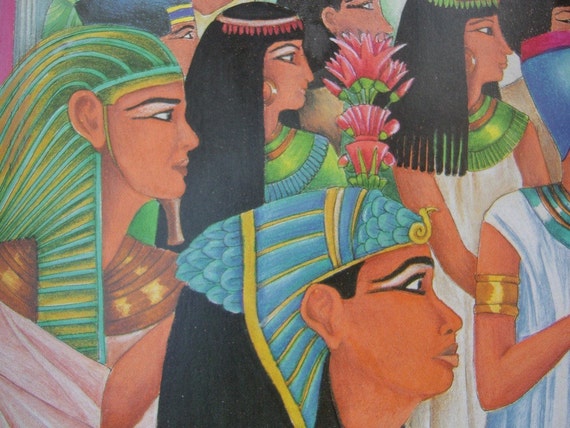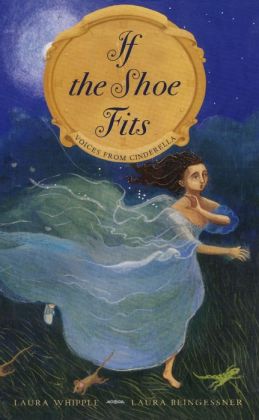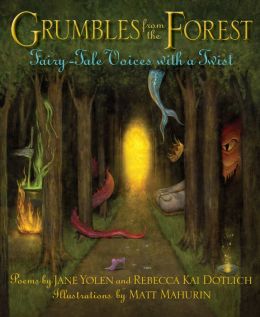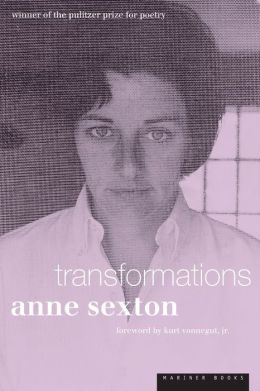I love fairy tales.
These stories, retold
for generations, were written to express our deepest fears, recount our
grandest adventures, and reassure us of our highest hopes.
They also remind us
that magic is real and always possible.
We learn from fairy tales—along
with folk tales and other traditional lore –they contain the world’s wisdom and
have much to teach us if we immerse ourselves in their truth.
Bruno
Bettelheim believes when a story
corresponds to how we feel deep down-as no realistic narrative is likely to do-
it attains an emotional quality of ‘truth’ for us. Click here to read the article in which Bettelheim elaborates on this thought.
He
also believes that each fairy tale is a
magic mirror which reflects some aspect of our inner world, of the steps
required for our evolution from immaturity to maturity (Bettelheim, 1976,
p. 309) .
Fairy Tales from the Brothers Grimm by Philip Pullman was released at the end 2012, 200 years
after the first publication of the original tales. His bare and direct, no frills retellings, yield a
rich reading experience, reminding us of a tale's entrance into our lives, or introducing us to a tale we missed. The reading is enhanced by his personal commentary about history and other versions of each story.
 |
| Illustration by Ruth Heller The Egyptian Cinderella by Shirley Climo |
Originating
in the East, this tale was first written down in the 9th
century China as the story of Yehshen. This story, however, was first told much earlier in the first century in Egypt as the story of Rhodipis.
Deceptively
simple, it deals with sibling rivalry, wishes coming true, the humble being
exalted, true merit being recognized even when hidden, virtue being rewarded, and evil being disclosed and
punished.
When
we delve deeper into this particular fairy tale, however, we find much spiritual truth embedded its very fabric.
Although this is true of all versions of Cinderella, it is particularly
true of typical African and Native American versions.
I have led spiritual retreats for women on how God’s Biblical truth threads
throughout Cinderella tales (and Red Riding Hood, as well).
Instead
of fancy balls, fairy godmothers, pumpkins and glass slippers, which were added later by the French, the Eastern versions illustrate the power and rewards associated with humbleness, kindness to all,
recognition of the beauty of nature and ultimately seeing God in all things.
In
the African tale, The Great King appears disguised as a snake, a hungry boy,
and an old woman. At the end, his true
identity is revealed to the one who had been kind to and meets the needs of all
three.
In
the Native American versions, the one seeking a wife is The Invisible
Being. He would marry only the one who
could see him and identify the materialsof his power, the material with which his bow is made. The bow is
made of the rainbow and strung with white fire -the Milky Way or the Spirit
Road of Souls. His sister is the only
one who has ever seen him before. The rough-faced or soot-faced girl can see and marries him.
And
they lived happily ever after...
I
also love poems, novels, and other texts based on fairy tales, alluding to them, or twisting them into new creations.
Laura
Whipple’s marvelous If the Shoe Fits: Voices from Cinderella is such a
book. Each character, and even some of
the familiar objects in the tale, get a poetic say, creating tension,
speculation, and reflection as we rethink and reimagine this familiar tale.
Click
to read Cinderella—Then and Now, one of the many "twistings" I have
written, as I continue to play with this tale.
Grumbles from the Forest: Fairy Tale Voices with a Twist by Jane Yolen and Rebecca
Kai Dotlich, brand new this week, allows us peek into the minds of fairy tale
friends and foes and the objects
connected with them---what were they thinking? Some of their thinking-- humorous, repentent, speculative, confident--definitely surprises
and delights us.
For
adults who realize the unavoidable, invisible, and universal pull of fairy tales on our lives, Pulitzer Prize winning poet, Anne
Sexton reenacts, parodies and retells 17
Grimm fairy tales in haunting poems she calls Transformations.
Click her to read her Cinderella "transformation".
Click her to read her Cinderella "transformation".
What is your favorite fairy tale?
Reference
Bettelheim, B.(1976) The Uses
of Enchantment: the Meaning and Importance of Fairy Tales, New York, NY: Random House
Today’s
Deeper Writing Possibilities
What is your
favorite fairy tale? You may want to reread several versions of
this tale.
What did this
tale mean to you as a child?
What does it
mean to you as an adult?
How does your
life imitate or borrow from this tale?
Rewrite your
favorite tale as a contemporary story, poem, dialogue or other writing form.
What twisting or transforming of your tale will help tell your own story?
What twisting or transforming of your tale will help tell your own story?






No comments:
Post a Comment